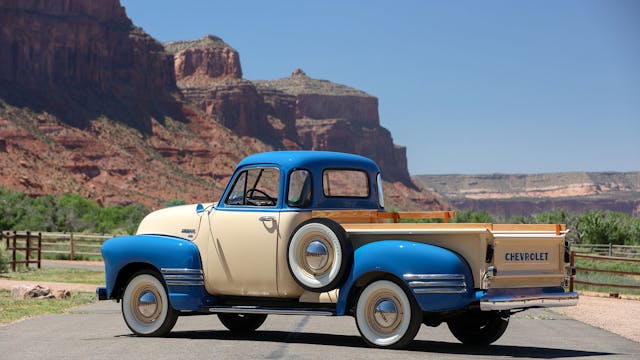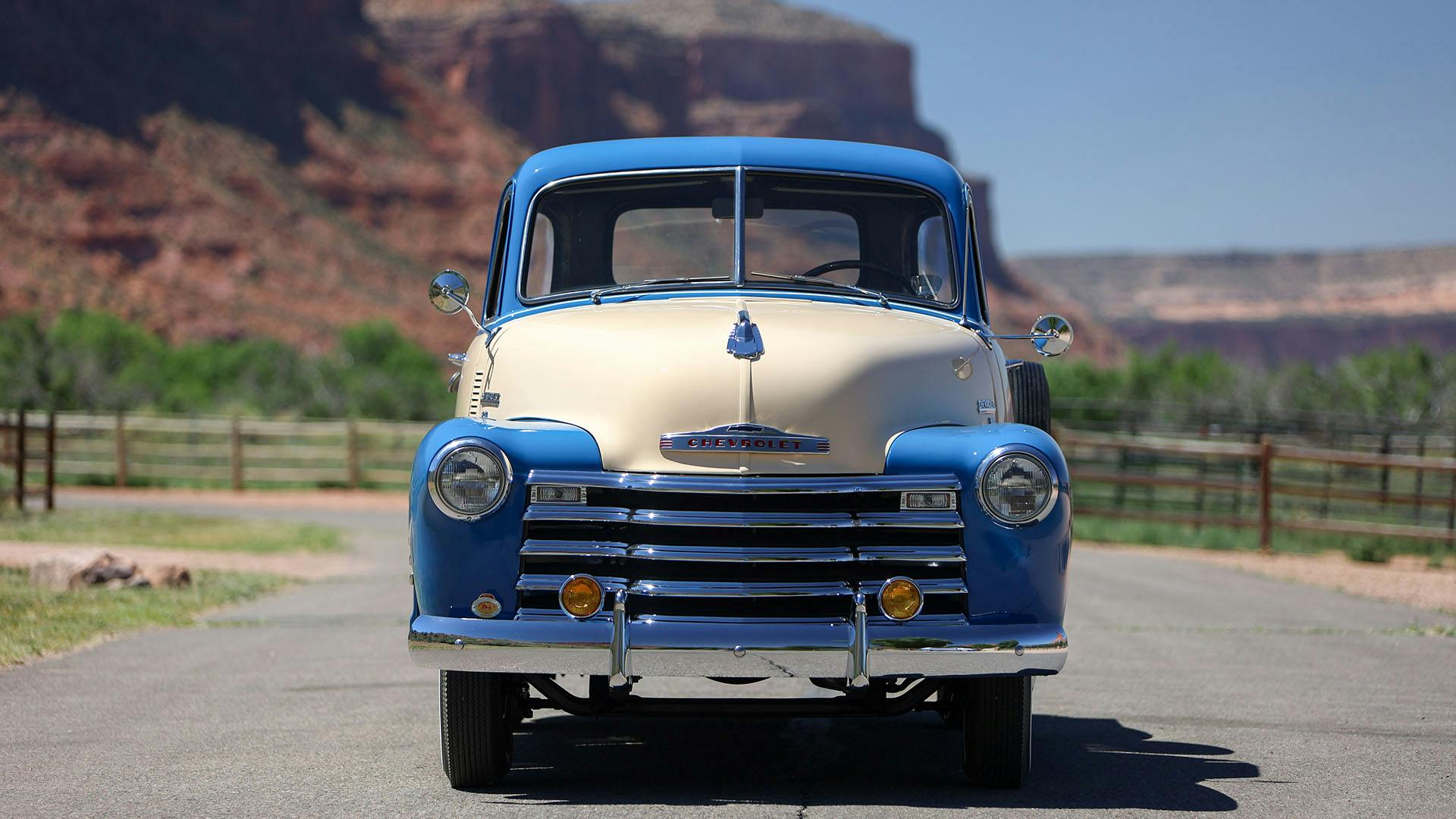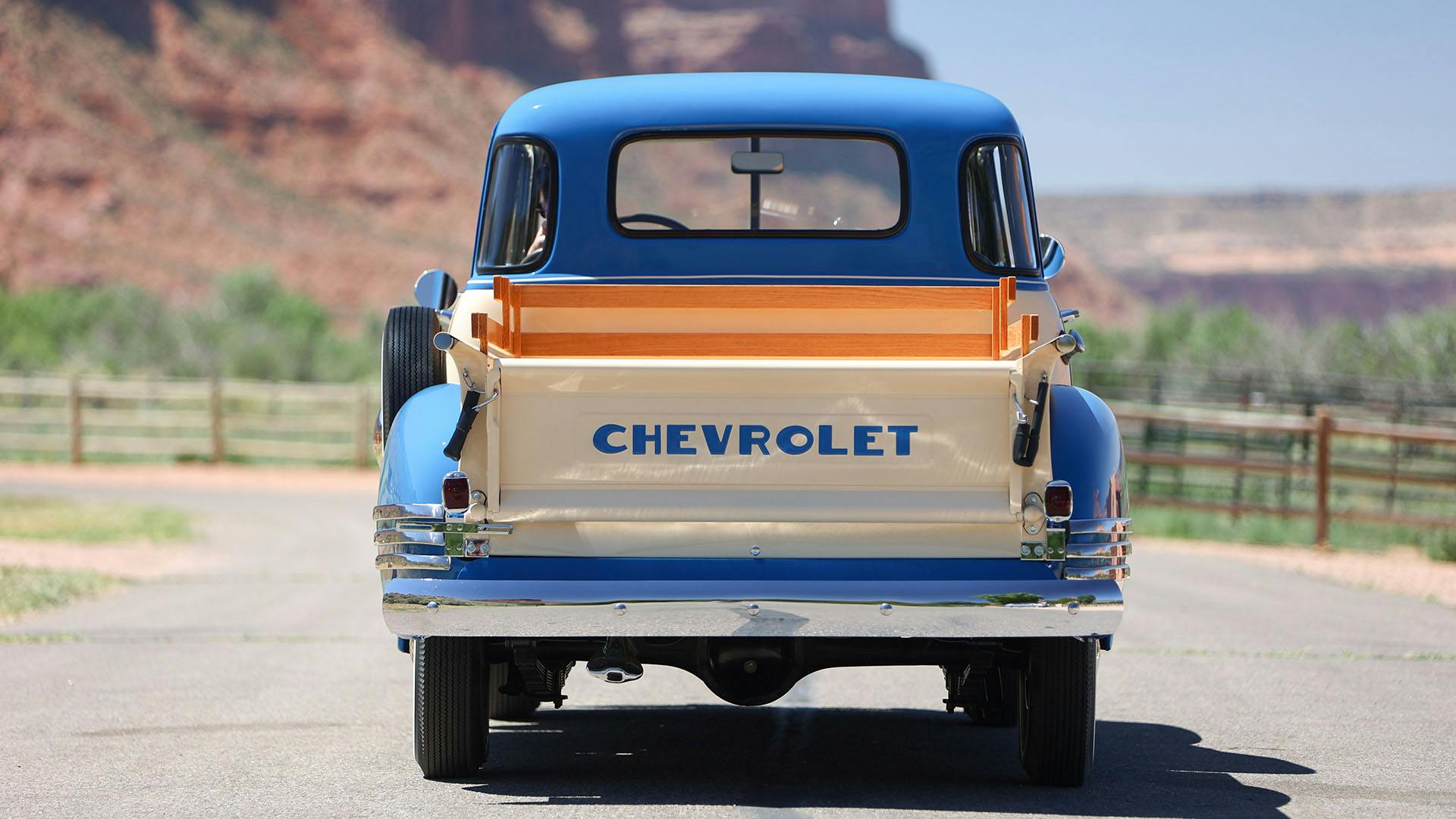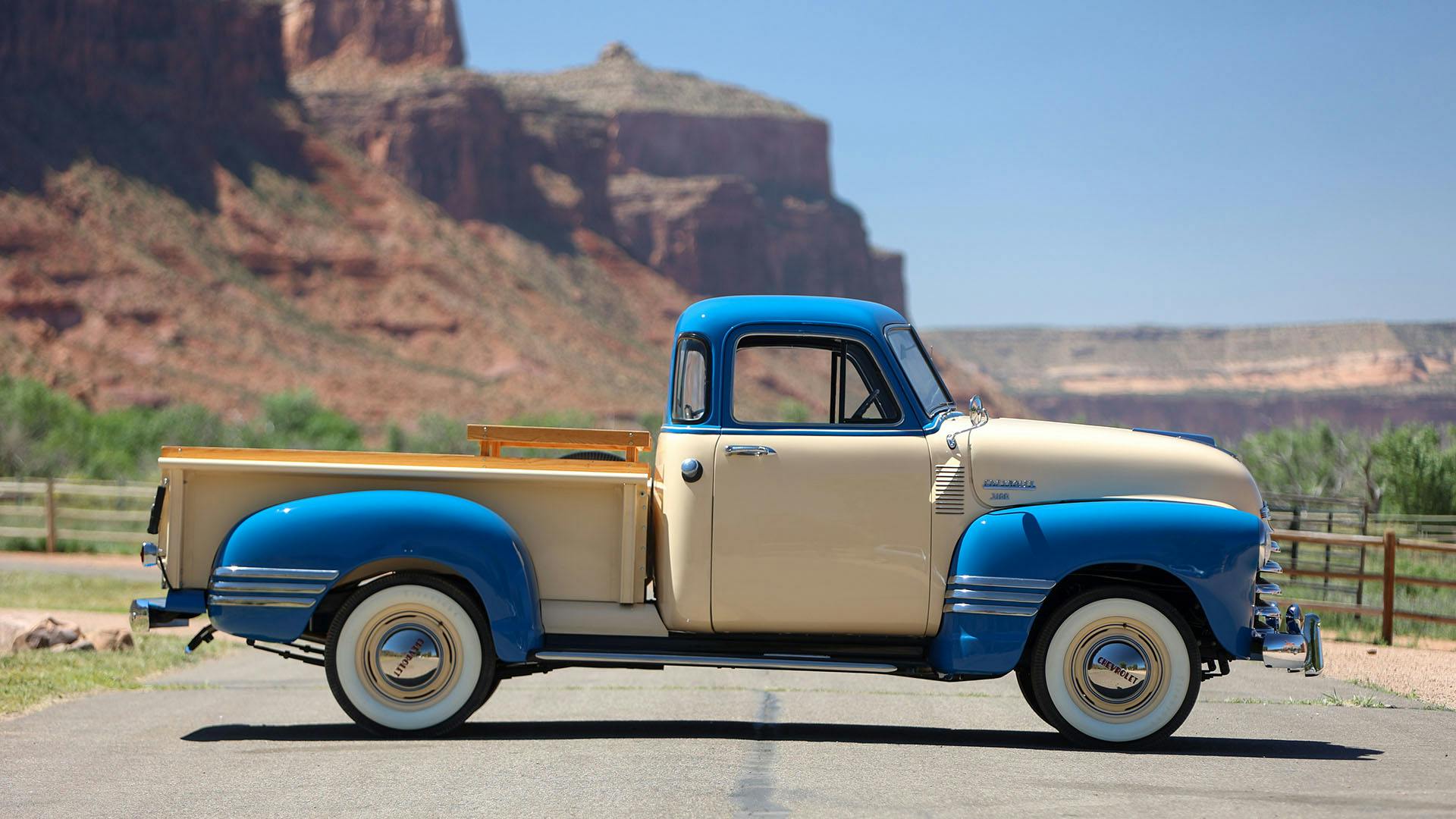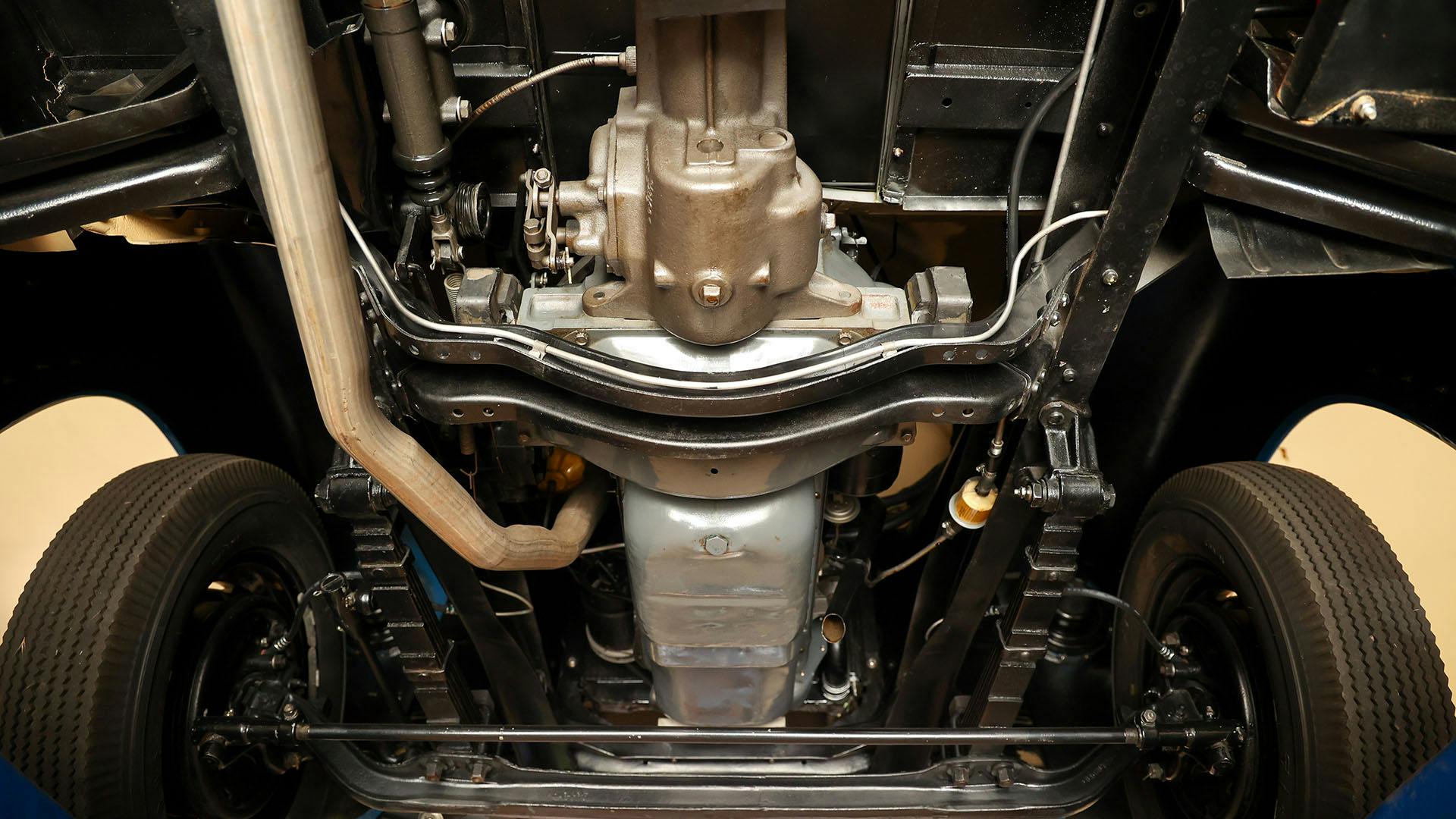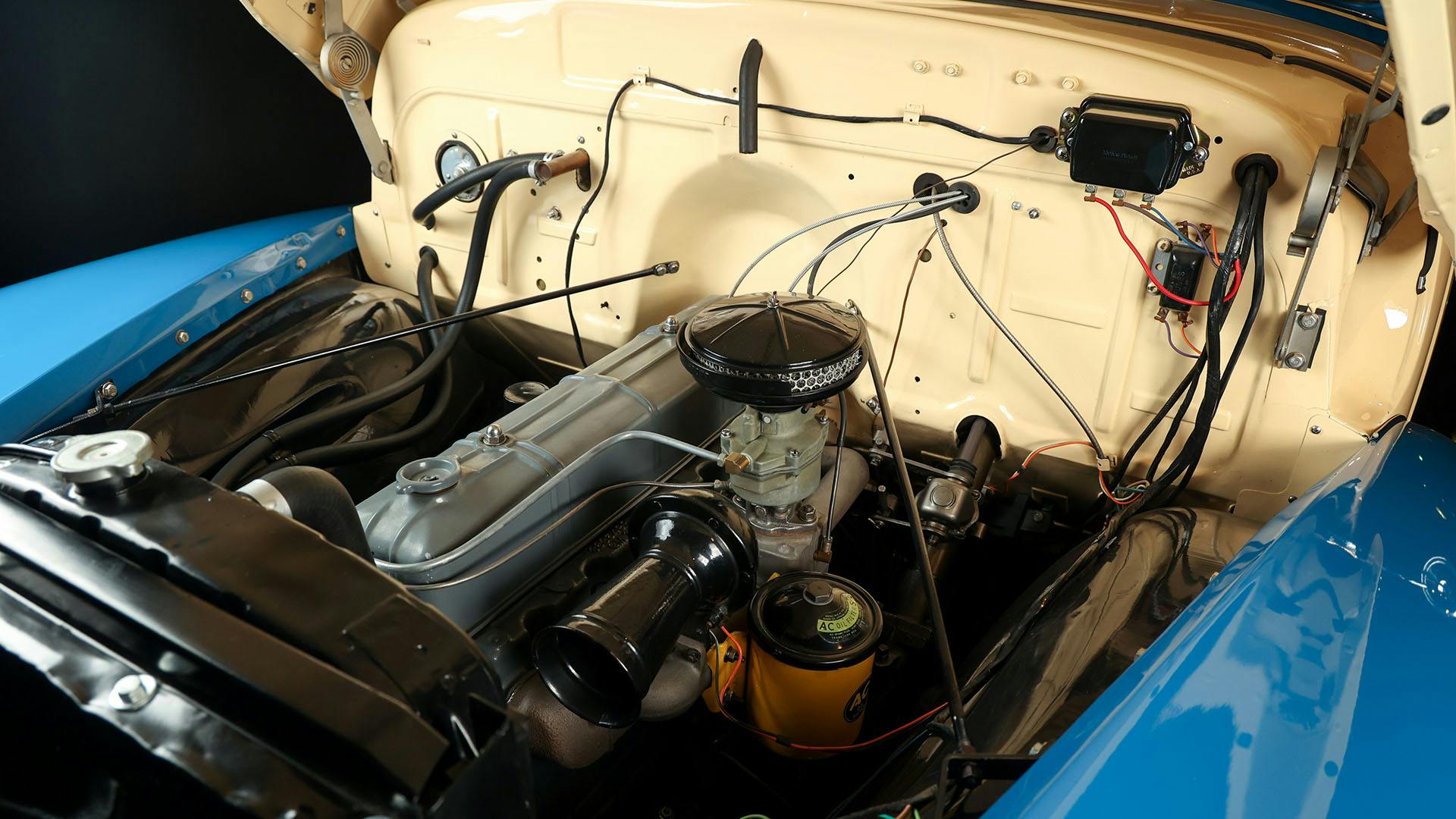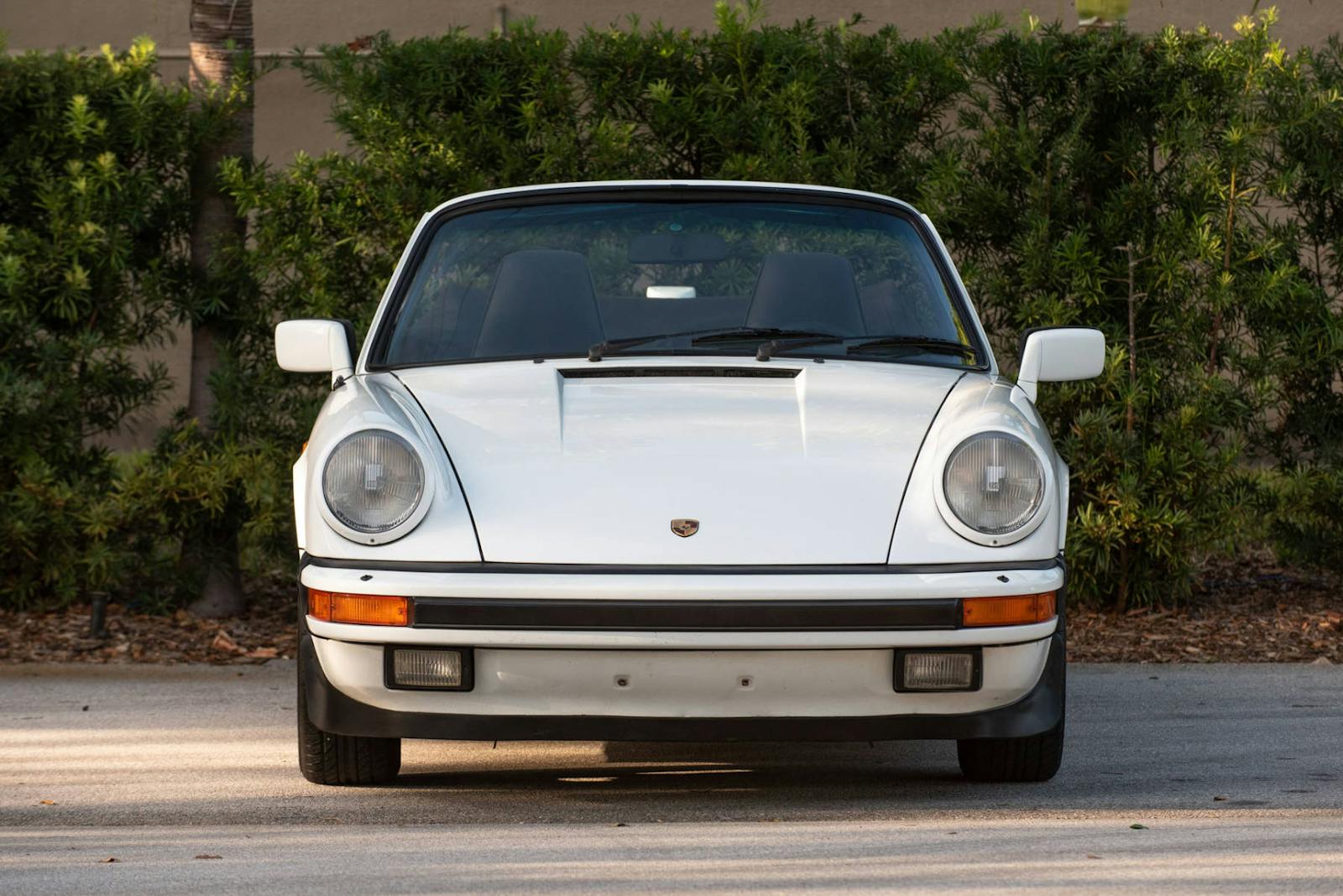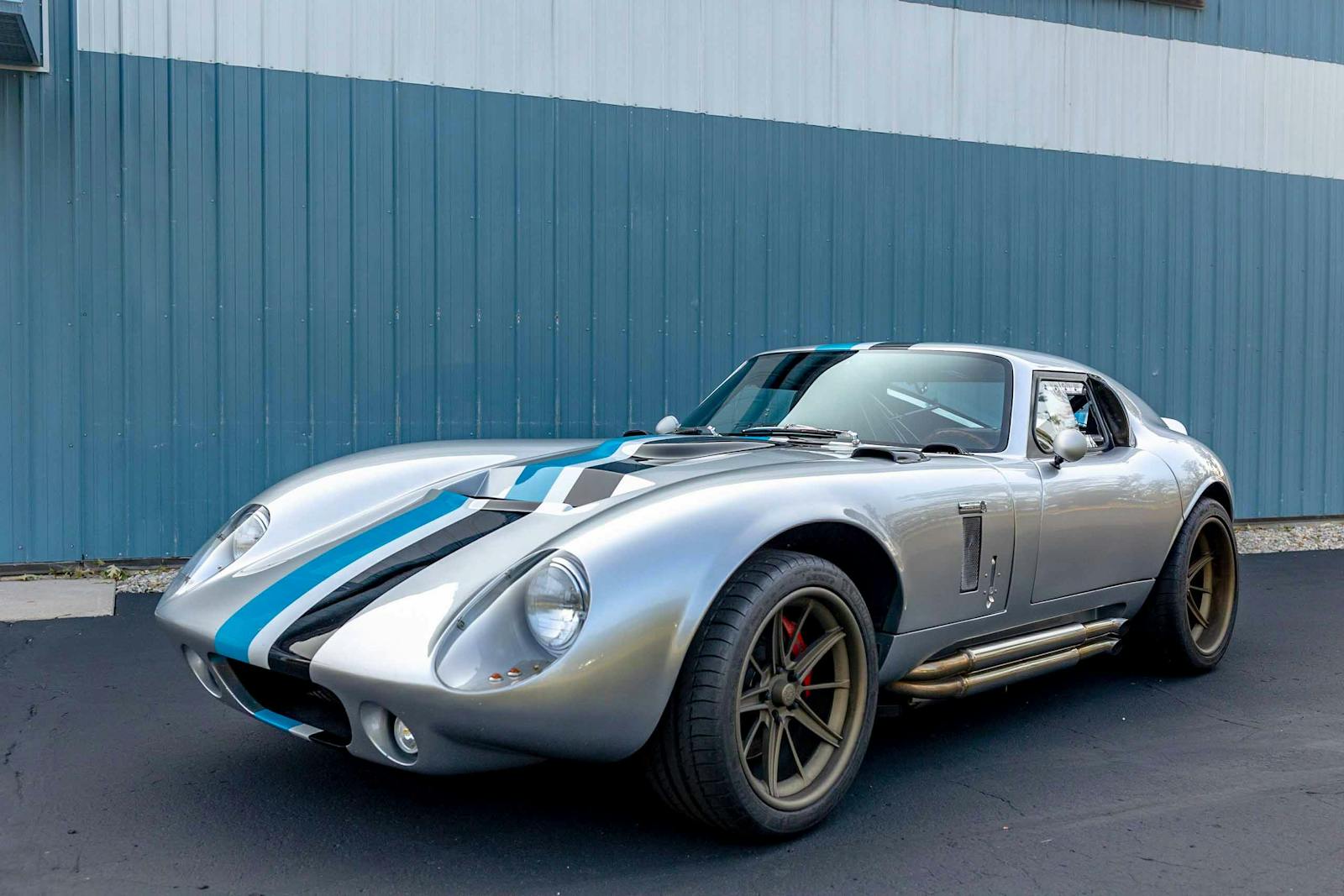Auction Pick of the Week: 1952 Chevrolet 3100 pickup
There’s a reason Harley Earl is often referred to as the father of car design. Multiple reasons, in fact, including the Buick Y-Job, Project Opel, and the LeSabre Concept. One of Earl’s most famous production vehicles, however, isn’t a car but a pickup. As head of General Motors’ first design studio, Earl is responsible for Chevrolet’s stylish and hugely popular Advance Design light- and medium-duty trucks, which were produced from 1947–55.
Although Chevy wasn’t the first of the Big Three to enter the pickup market—that honor goes to Ford—the Bowtie was Detroit’s No. 1 truck seller entering World War II. Following the war, GM was back in the business of building civilian automobiles by May 1945, but it would be two years before new designs rolled off the line. They were worth the wait. As America got back to work, so did Earl, and his new Advance Design pickups were much more than utilitarian.
Wider, longer, and lower than the prewar leftovers, the Advance Design models looked thoroughly modern. Headlights were incorporated into the wide front fenders. The grille featured five curved horizontal chrome bars, much like Chevy passenger vehicles. The windshield was larger. Under the hood was Chevy’s proven 216-cubic-inch “Stovebolt” six-cylinder engine, mated to a three-speed, column-shifted manual transmission.
The new cab was wider and offered more head and leg room. Thanks to its Unisteel design, which formed a single unit, the cab offered enough room for three people. The bench seat could be adjusted to the height of the driver, and it rose when moved forward, increasing visibility for shorter drivers. A pop-up cowl vent routed fresh air inside. Heater/defroster and AM radio were optional.
The same basic design was used for all Chevrolet Advance Design trucks, including the Suburban, panel trucks, canopy express, and cab-overs.
Advance Design pickups received new series designations based on cargo capacity. A half-tons was known as a 3100, a 3/4-ton as 3600, and a one-ton as 3800. Vent windows in the doors first appeared in 1951, and push-button door handles (as opposed to the previous turn-down style) were introduced in 1952. That year, half-ton Chevys were also available as chassis and cowl, chassis and cab, panel trucks, canopy trucks, and Suburbans with either tailgates or doors in back.
All of this brings us to the 1952 Chevrolet 3100 pickup on Hagerty Marketplace. Offered from the Gateway (Colorado) Automobile Museum Collection, it features a deluxe five-window design and has been beautifully restored in two-tone Cream and Windsor Blue.
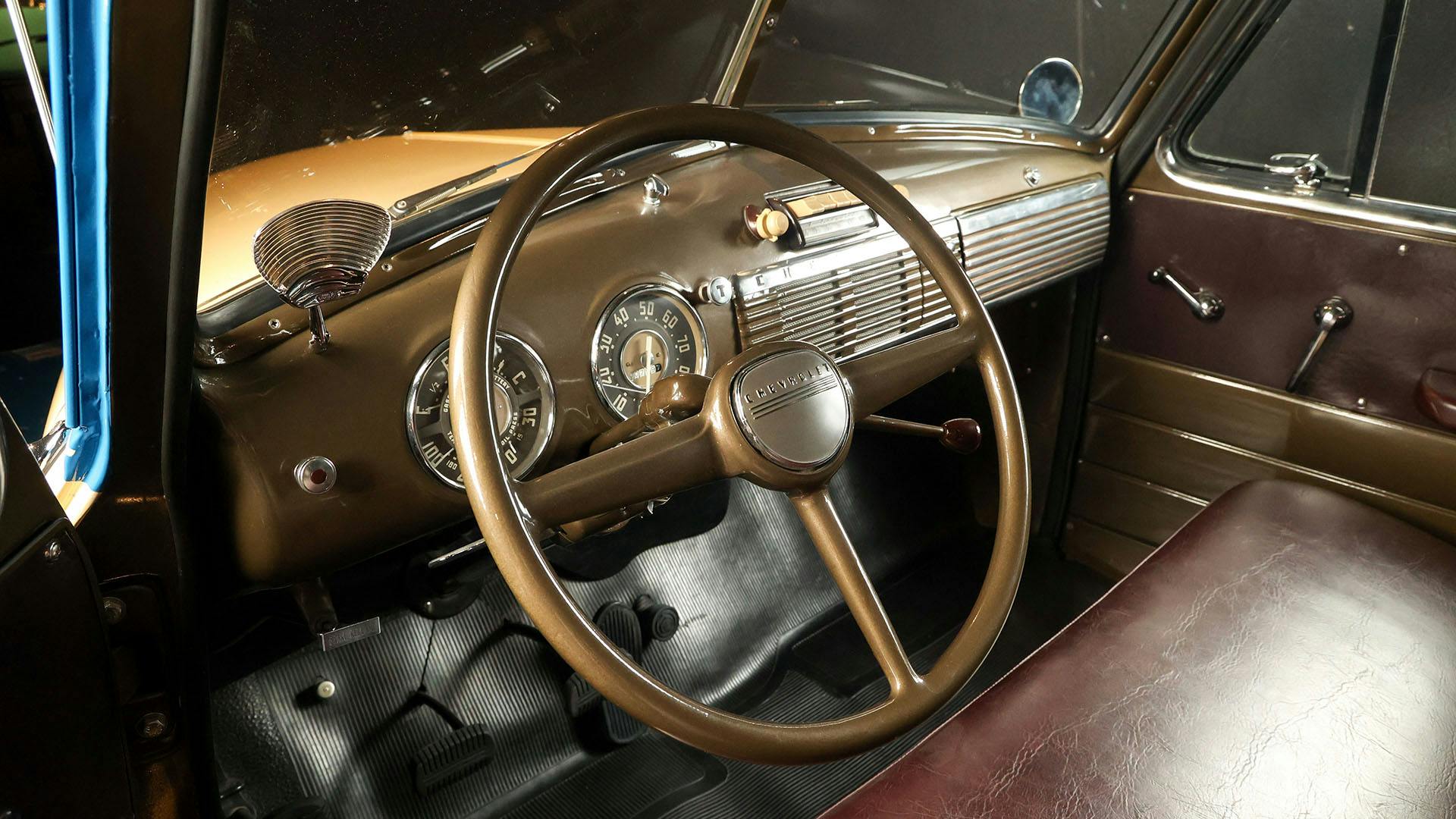
Among its features are a heater, AM radio, dash-mounted traffic light refractor, rubber floor covering to reduce noise, running boards, 16-inch steel wheels with chrome hubcaps, chrome grille, and oak-varnished bed floor and matching bed rails.
Purchased by the Gateway Collection in 2012, this 3100 (VIN 14KPK12372) has received multiple AACA awards, including a First National Junior and Senior, and a Second Place Grand National Award.
Although the odometer reads 799 miles, actual mileage is unknown.
With a base price of $1407 when new (that’s about $16,200 today), 1952 Chevrolet 3100 pickup trucks have an average value of $45,600 in #2 (Excellent) condition. The bid for this one is at $23,000 with less than a week remaining until the auction closes on Wednesday, August 9, at 3:30 pm EDT.
A total of 147,756 Advance Design 3100s were produced for the 1952 model year, making them America’s most popular Chevrolet commercial vehicles that year, and they remain popular among collectors. Regardless of their age, it seems that these old-school pickups just never get old. Thank you, Harley Earl.

***
Check out the Hagerty Media homepage so you don’t miss a single story, or better yet, bookmark it. To get our best stories delivered right to your inbox, subscribe to our newsletters.
